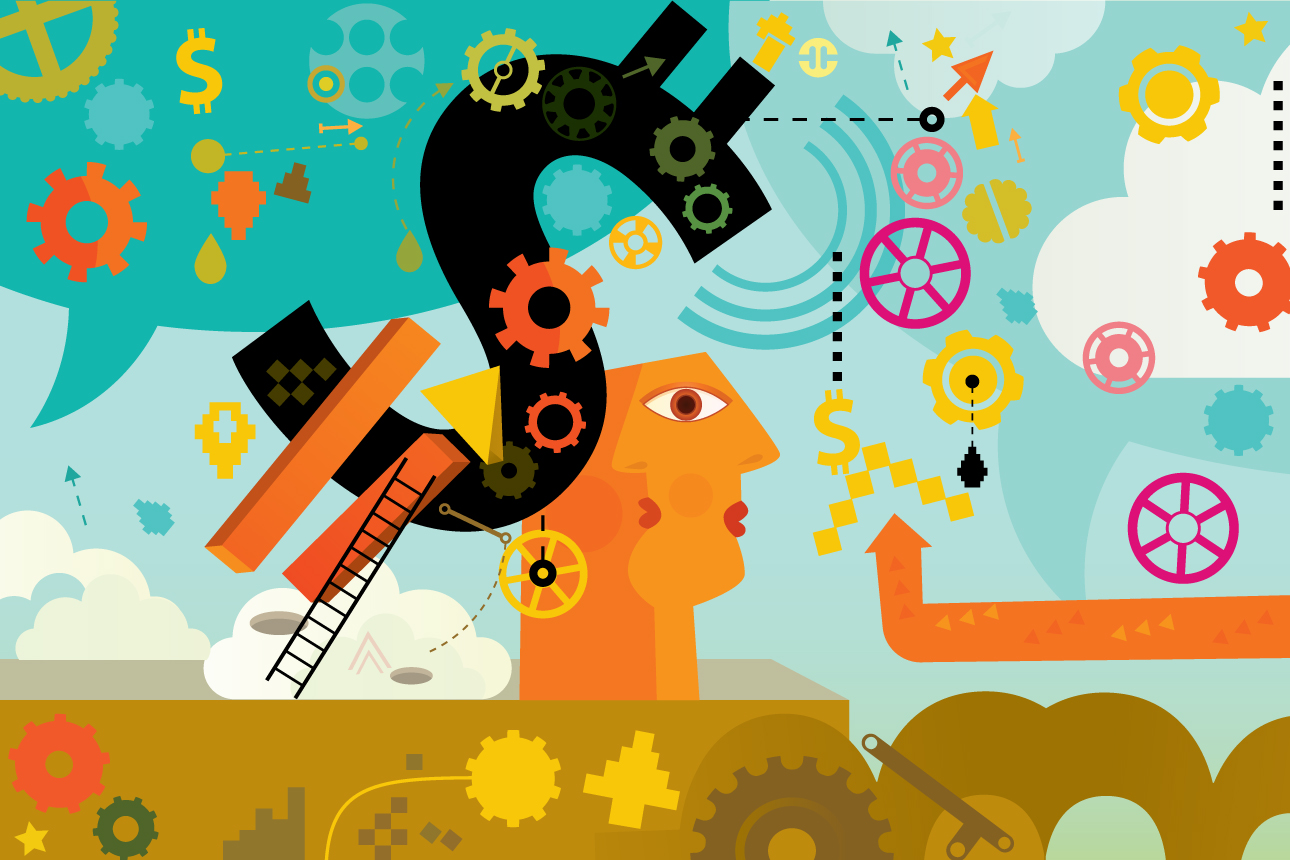Why Pricing Decisions Need More Than Management Intuition
Understanding the value of economic thinking during and after the COVID-19 pandemic can help companies meet evolving customer needs.

The past year has wreaked havoc on many industries. Companies have faced a range of issues related to customer strategy: sharp drops in demand, excess capacity, heightened price sensitivity, and aggressive pricing decisions by competitors. One important takeaway from the unprecedented impact of this crisis is that executives need to question many of their long-held beliefs about the best way to deal with rapidly changing customer needs.
In this article, we describe six real-world customer strategy and pricing scenarios that many executives have faced in the past year. We discuss the prevalent, intuitive responses that many companies have made in response to each type of challenge and then examine when and why those intuitive responses may not be that sensible after all. Drawing on Daniel Kahneman’s work on dual-process thinking, we contrast the effects of a System 1 (fast and automatic) response with a System 2 (slow and effortful) response and suggest more thoughtful ways to approach the six scenarios.
Get Updates on Transformative Leadership
Evidence-based resources that can help you lead your team more effectively, delivered to your inbox monthly.
Please enter a valid email address
Thank you for signing up
What binds the six System 2 responses together is the practical application of sound economic and strategic thinking. These insights should help executives make smarter decisions as the world moves on from the current crisis — and faces potential new ones.
Situation 1: “Going through a major recession? Give temporary discounts.” COVID-19 has plunged the global economy into the worst recession since World War II. The significant global decline in GDP implies that people, on average, are getting poorer. An executive’s intuitive, reactive response (System 1) may be to lower prices. Executives may issue these changes in the form of clearly communicated, temporary price discounts rather than cuts in list prices so the prices can return to nondiscounted levels when economic conditions improve.
This recommendation seems sensible on its face. But when we activate System 2 thinking and evaluate the recommendation in more depth, a different conclusion emerges. Economists distinguish between “normal” and “inferior” goods: Inferior goods are those for which demand increases as consumer incomes decline, whereas normal goods are those for which demand decreases as consumer incomes decline. This means that the System 1 recommendation does not hold for inferior goods (for example, budget cars as opposed to premium vehicles). Companies should confine temporary discounts to their normal goods because demand for their inferior goods is going to increase regardless.
